Varieties of Liberalization and the New Politics of Social Solidarity
For the past few decades, much of the scholarship on the political economy of the rich democracies has been organized around a broad distinction between an inegalitarian âliberalâ model of capitalism that prevails in much of the Anglo-Saxon world and a more egalitarian âsocialâ model found in many European countries (e.g., Pontusson 1997; Acemoglu et al. 2012). While both models seemed equally viable in the Golden Era of postwar development, many contemporary trends seem to spell trouble for the European social model. The litany of pressures on these systems is long and includes heightened competition in international markets, footloose finance, deindustrialization, declining union power, fiscal distress, and ascendant neoliberal ideology, among others. In light of these trends, some observers have suggested that the Golden Era of egalitarian capitalism may be over and that in the end, there is just one model of capitalism after all â the harsher one in which the market prevails over social solidarity (e.g., Howell 2003; Glyn 2006). While sharing many of the concerns that animate these analyses, I argue here against the idea of a uniform slide toward Anglo-Saxon-style liberalization. I propose a new, more differentiated way of thinking about contemporary changes in the political economies of the rich democracies. The framework offered here breaks with the continuum models on which much of the traditional literature has been based, in which countries are arrayed along a single dimension according to their degree of corporatism or, more recently, of coordination. In doing so, it reveals combinations â declining solidarity in the context of continued coordination, and continued high levels of equality with significant liberalization â that other frameworks rule out by definition. Moreover, and against the dominant view of institutional stability as grounded in vested interests and straightforward feedback effects, I suggest that the institutions of egalitarian capitalism survive best not when they stably reproduce the politics and patterns of the Golden Era, but rather when they are reconfigured â in both form and function â on the basis of significantly new political support coalitions.
{{comment.content}}

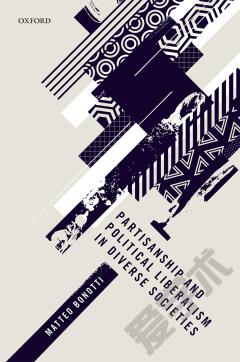
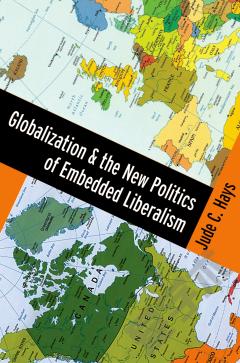
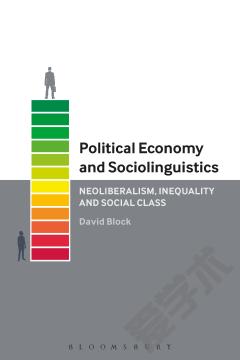
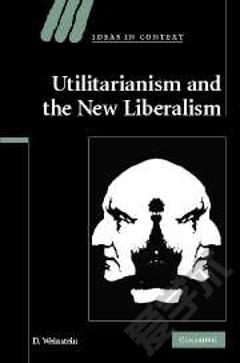
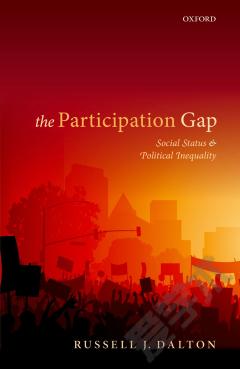
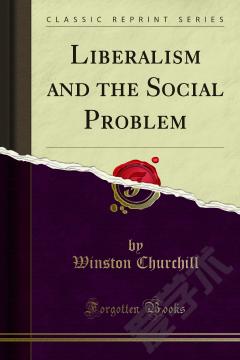

 京公网安备 11010802027623号
京公网安备 11010802027623号